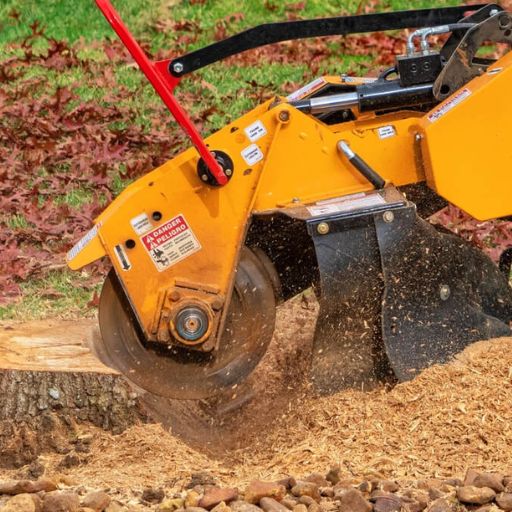Maintaining trees is crucial for their health and aesthetics, but how often to trim them remains. It is essential to understand the growth rate of different tree species and the seasonal factors influencing their growth.
Additionally, recognizing the signs indicating the need for trimming and the impact of weather conditions on tree health can play a significant role. However, one key factor often gets overlooked – a factor that can greatly affect the frequency of tree trimming and, ultimately, the overall well-being of your trees.
Tree Growth Rate and Type
Understanding the growth rate and specific characteristics of different tree types is essential in determining the frequency at which trees should be trimmed. Pruning frequency plays a crucial role in maintaining the health and appearance of trees, and it varies depending on the species. Some tree species require more frequent trimming to thrive, while others can go longer without maintenance.
Tree species suitability is a key factor when deciding on the pruning frequency. Fast-growing trees like silver maple or weeping willow may need more frequent trimming than slower-growing species like oaks or pines. Trees with softer wood, such as Birch or Bradford Pear, are more prone to breakage and may require regular pruning to prevent potential hazards.
To determine the optimal pruning schedule, it is essential to research and understand the specific needs of each tree species. Consulting with arborists or tree care professionals can provide valuable insights into the growth habits and requirements of different trees. By tailoring the pruning frequency to the characteristics of each tree species, homeowners can ensure their trees’ health, safety, and longevity.
Seasonal Considerations
Taking into account the varying environmental conditions throughout the year is crucial when determining the most appropriate timing for tree trimming. Seasonal considerations play a significant role in ensuring the health and vitality of trees. Different seasons present unique challenges and benefits for tree trimming.
In the spring, trees are experiencing new growth and blossoming. This period is ideal for light pruning to shape the tree and promote healthy growth. Removing dead or damaged branches is essential to allow for new growth. Summer is a time when trees are in full bloom, and pruning should be minimal to avoid stressing the tree. However, monitoring for any signs of disease or pest infestations that may require immediate attention is essential.
Fall is crucial for tree trimming as it prepares the tree for the dormant winter months. Removing weak or diseased branches before winter can prevent potential hazards like falling limbs during storms. Winter, when trees are dormant, is an excellent time for more substantial pruning to shape the tree and promote new growth in the spring.
Signs That Tree Needs Trimming
Considering the seasonal impact on tree health, recognizing the signs that a tree requires trimming is essential for maintaining its vitality and structural integrity. One common sign that indicates a tree needs trimming is branch overgrowth. Branches that are growing excessively can affect not only the tree’s aesthetics but also its overall health. When branches become too long or heavy, they may start to droop, posing a risk of breakage, especially during storms or strong winds. Trimming these overgrown branches will enhance the tree’s appearance and prevent potential safety hazards.
Another crucial sign that signals the need for tree trimming is the presence of safety hazards. Dead or decaying branches can become brittle and weak over time, making them susceptible to falling. These branches can be hazardous, especially if hanging over structures, walkways, or power lines. Regularly inspecting trees for dead, diseased, or damaged branches and promptly trimming them can help prevent accidents and property damage.

